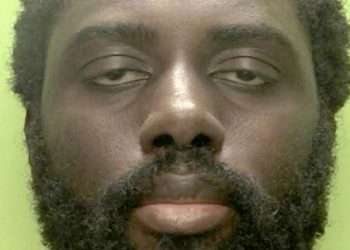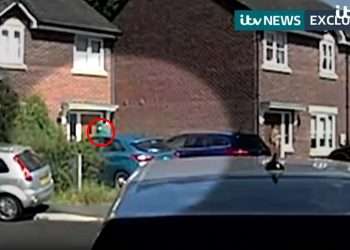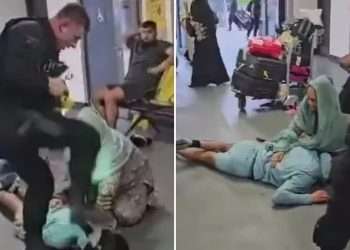THE DAUGHTER of a woman whose murder inspired a new Channel 4 series has told how the show has opened up old wounds for her family.
The Jury: Murder Trial examines the jury system for the first time on British television by recreating an entire, real murder trial.

Angela Phillips was murdered in 2012[/caption]


The case has inspired a new Channel 4 show[/caption]
The series uses the original transcripts in front of 24 jurors, randomly split into two juries, neither of whom are aware of the other.
Filmed over ten days, in a former courthouse in Essex, the series takes a forensic look at the inner workings of justice.
The two juries were asked to judge on the real case of a man who admits he killed his wife, but whose defence maintains that he lost control, and is therefore not guilty of murder.
Although the names in the show were changed, the evidence followed exactly the murder trial of Thomas Crompton – who killed his wife Angela Phillips in 2012.
Crompton convinced the jury to find him guilty of manslaughter and was jailed for seven and a half years – serving half of this.
Now Angela’s daughter Hollie, 28, has told of her pain after details of her mum’s case appeared on TV.
Speaking to MailOnline, she said: “The problem wasn’t the jury, but the justice system itself.
“Thomas Crompton painted himself as a victim when he gave evidence and sobbed before the jury while at the same time blackening my mother’s name, making her out to be the one responsible.
“He was allowed character witnesses and gave evidence himself, but was no-one speaking up for her; she didn’t have anyone fighting her corner.”
Hollie was just 16 when Crompton brutally murdered her mum in a brutal hammer attack.
His defence maintained that he lost control, and was therefore not guilty of murder.
Hollie continued: “This wasn’t a split-second thing. How long does it take for someone to pass out when you’re strangling them – a couple of minutes?
“Then he goes and picks up a hammer and comes back – it’s a conscious decision, how is that ‘loss of control’?”
Hollie could not bring herself to watch the new show.
She explained: “The knock-on effect on me and my family of him receiving such a short sentence has been massive – and we’re supposed to accept that verdict because someone felt bad when he cried in court?
“When the real trial was going on, we kept asking the lawyers when our family would be able to give evidence to set the record straight.
“We were fobbed off by being told it was a strong murder case, and not to worry, but for whatever reason we never got that chance.
“There were people who had given witness statements including her mother and her friends, but they were never called.
“It’s made me think that this kind of victim-blaming happens a lot in murder trials, particularly where it’s a woman killed by a man. How is that allowed to happen?”
In The Jury: Murder Trial, there are two juries of members of the public.
They all come from different walks of life and have different backgrounds, some of which may give them unique bearings on events.
These two groups of people are shown a re-enactment of a real murder trial.
Names, dates and locations are changed in the dramatization, but the rest is based on transcripts from the case.
The original trial is re-enacted word for word, with actors playing the witnesses and legal teams and the two juries given all original evidence.
The man on trial admits he killed his wife, but his defence is that he lost control.
This would allow him to be convicted of the lesser charge of manslaughter, which does not carry an automatic life sentence.
Both juries wrestle with how to determine this.
Individually, these two juries will then decide on the fate of the defendant, using their own life experiences to decide the verdict.
Bosses at Channel 4 said: “The show is an innovative true crime experiment that gives the public an insight into the British jury system.
“Our campaign spotlights how, for example, a juror being hungover or tired might be as likely to sway a verdict as the facts of the case.
“With one trial and two juries, it’s fascinating to see whether the same verdict will be reached by both.”
































